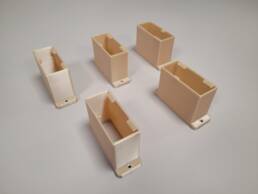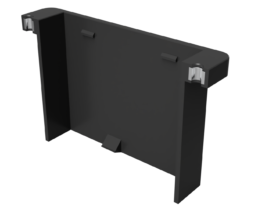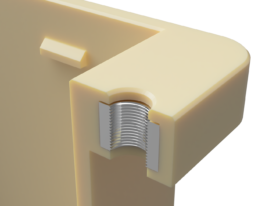Task Objectives
A local OEM, specialising in galley inserts, had a requirement to upgrade the housing for a refrigerator control unit.
The refrigerator is a new product for integration into an AIRBUS fixed wing military transport aircraft and is required to be certified to meet fire safety standards according to DOT/FAA/AR-00/12.
The OEM approached Airframe Designs for assistance with reverse engineering that included 3D scanning, 3D modelling, and 3D printing of an upgraded housing. AFD has supported this customer for several years and is accustomed to delivering innovative solutions to complex engineering and manufacturing challenges.
Material Selection
ULTEM 9085 (recognised ultra-polymer used in aerospace sector) was selected for its standout flammability performance, and suitability for additive manufacturing.
This choice reflects the flexibility and efficiency of additive manufacturing in meeting strict industry standards.
Reverse Engineering
The existing unit was scanned using our state-of-the-art 3D laser scanner to create a highly detailed point cloud, then reverse engineered to create a ‘design intent’ digital twin, laying the groundwork for the redesign process.
Design for Additive Manufacturing (DfAM) methods were employed to enhance the unit; eliminating the need for supports, and optimising wall thickness for cost efficiency and repeatability.
A suite of digital transformation software was utilised to generate an optimal 3D printed design which was then manufactured to deliver a high-quality final assembly.
Prototyping, Testing, and Validation
Prototypes were crafted from ASA to explore various mounting methods quickly. This iterative process led to the selection of a front-mount design for ease of assembly, which was then finalised for production.
Five components of the final design were printed in ULTEM 9085 and delivered to the customer for compliance testing. This phase was vital to ensure the redesigned unit met all the necessary fit, form and function requirements.
Conclusion
The project underscored the efficacy of Design for Additive Manufacturing in producing aerospace components that meet stringent safety and performance criteria.
The successful delivery and subsequent reorder of components by this customer highlighted the project’s success and the productive collaboration with Airframe Designs.
Testimonial
Head of Production
“The successful completion of the electrical housing project is a prime example of the kind of help and support that is available within AFD in the delivery of turn-key solutions that encompass 3D scanning, 3D modelling and 3D printing. AFD ensured that the finished product met the stringent safety and performance standards required in the aerospace industry and the project underlines their capability to deliver high-quality, certified aerospace components, through the adoption of advanced manufacturing techniques.”





